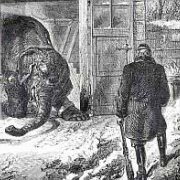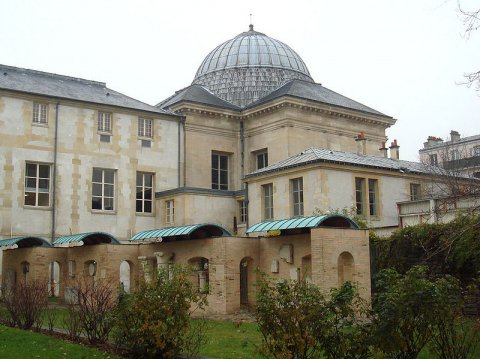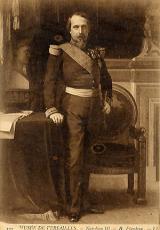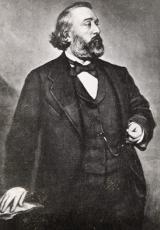Food during the Siege of Paris (1870-1871)

After the overthrow of Queen Isabella II of Spain by the Spanish Revolution of 1868, General Prim offered the throne to Prince Leopold of Hohenzollern-Sigmaringen, cousin to King Wilhelm I of Prussia, who officially put forward his candidature for the crown on 21 June. France opposed, fearing the reconstitution of Charles V’s Holy Roman Empire.
Prince Antoine, Leopold’s father, announced his abdication on 12 July. However, Duke of Gramont sent Benedetti, ambassador for France, to Ems with a telegram demanding the King of Prussia to guarantee the withdrawal of his candidature. The King refused to speak with Bendetti and returned his approval by his aide-de-camp. That same day, the King sent a telegram to inform Bismarck. The King gave Bismarck permission to release an account of the events.
From the Ems Despatch of 13 July 1870, Bismarck intended to not renounce the Spanish throne and reported the King of Prussia’s refusal in a deliberately edited statement. This revised telegram from Bismarck was immediately sent out to all the press agencies. In Paris, the press galvanised the anti-Prussian sentiment of the crowds. Napoleon III declared war on Prussia on 19 July. The Prussian troops quickly got the upper hand. After several defeats, the French army withdrew to Châlons. Napoleon III rejoined Mac-Mahon and his army.
On 30 August, after the defeat in Beaumont, the army fell back to Sedan. On 1 September, Napoleon surrendered. In Paris, on 4 September, on hearing the announcement of the disaster, invaded the Palais-Bourbon and Gambetta declared the fall of the empire. The Republic was proclaimed the same day at the Hôtel de Ville. A temporary government was formed under the leadership of Jules Favre and General Trochu. On 20 September, Paris was besieged by the Prussians and Jules Favre was forced to sign the capitulation of Paris and the armistice on 28 January in Versailles.

Lithographie de la mise à mort de l'éléphant. Source : DR
During the winter of 1870-1871, living conditions in Paris became very tough. Due to the lack of supplies, the population was forced to eat everything and anything they found, which included animals from the zoo, pets and rats. The art and history museum in Saint-Denis planned an exhibition, running until 22 July, recounting the events that left their mark on the Parisian population and help to explain the events of 1914, which famous cabaret artist Aristide Bruant described in his songs and poems.

Photo du musée de Saint-Denis. Source : Licence Creative Commons
The museum of art and history in Saint-Denis was opened in the former Carmel site where Princess Louise of France, the daughter of Louis XV, lived. The architecture of the premises lends a particular atmosphere to the collections on display there. There, visitors can discover the history of the building as a religious institution and admire a superb apothecary from the 18th century, a significant collection on the Commune of Paris in 1871, a collection of over 600 objects unearthed in archaeological digs in Saint-Denis as well as an important part of Paul Eluard’s collection.
Source: Museum of Art and History in Saint-Denis



